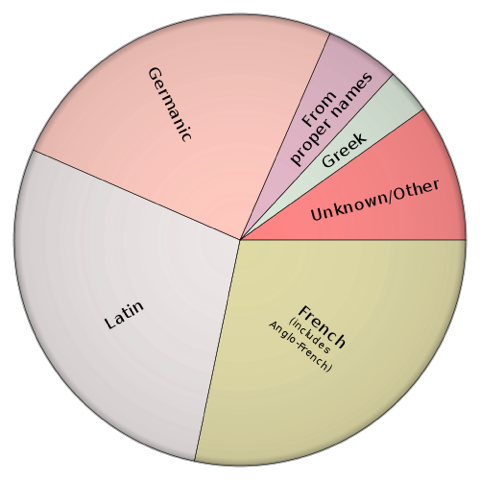The Play of Sanskrit and English
Living languages adopt and integrate new words, adapting the vocabulary to fit the needs of the time, place, and circumstance. English has already integrated many Sanskrit words. For example, the first two lines of the Vijnana Bhairava Tantra contain these words: shri devi uvacha - shrutam deva maya sarvam rudra yamala sambhavam. Four of these ten words are now in English dictionaries: devi, sruti, deva, rudra.
A word is counted to be part of a language when it is in use, being spoken to describe what you are feeling or doing, and when it shows up in magazines, newspapers, Twitter, Facebook, and in books. Many Sanskrit words are being used in this way, and are becoming English. The Sanskrit remains where it is, perfectly frozen in time, and at the same time it inspires modern Yoga practitioners to expand their vocabulary.
There are tens of millions of yoga practitioners in Europe and the Americas, and the Sanskrit yoga lexicon is becoming part of the English language, which has already integrated hundreds of words such as ananda, kama, sutra, shanti, shakti, chakra, yoga, prana, bhakti, asana, pranayama, mantra, maya, Kali, Shiva, Durga, Krishna, Marut, sunya, tantra, indriya, puja, Mahatma, Agni and avatar – these terms are in English dictionaries, part of our evolving language, and growing in usage every day.
Besides pronunciation, it is going to be interesting to see how much of the full meaning of the words comes across.
The word for desire, Kama, has a wide semantic range – its meanings resonate in the areas of wish, desire, longing, love, affection, object of desire, pleasure, enjoyment, love, sexual love, sensuality, Love or Desire personified, the God of Love, a stake in gambling, semen, having an intention.
Every Sanskrit word means itself, its opposite, a name of God, and a position in sexual intercourse
- Wendy Doniger
Sources of English Vocabulary
English isn’t English, sort of. The words we use all day come from German and French, which are influenced by Latin and Greek, which are Indo-European languages, as is Sanskrit. Depending on who you talk to, the percentages - or the pie - looks like this:

source: Wikipedia
English has, by some estimates, either 800,000 words or a million words. English will still be English if we add a couple of thousand Sanskrit words.
Keep in mind that when you use a Sanskrit word because you find it useful and beautiful, you are not speaking Sanskrit - you are speaking English, which is always inventing new words and giving a new home to immigrant words. Words migrate, they emigrate, they want to be known and used and loved. For thousands of years, Sanskrit has served as a donor language to “the Prakrits,” the vernaculars. No one really speaks Sanskrit - even in India, a civilization of over one billion, three hundred million people, only about 55,000 are fluent in Sanskrit, according to the latest census.
*(Chore for some enterprising graduate student: make a list of the identifiable basic words in the VBT, note which are used in the standard sense, and build a list of the special “tantric” jargon). *It is hard for me to tell, from the glossary I’ve built on my computer over the decades, because it is over five thousand pages long.
India as Having the Second-Largest English-Speaking Population in the World
Here is a wild number - India may soon have the second largest English-speaking population in the world, (India Business Blog), with over a hundred million speakers. (Nation Master).